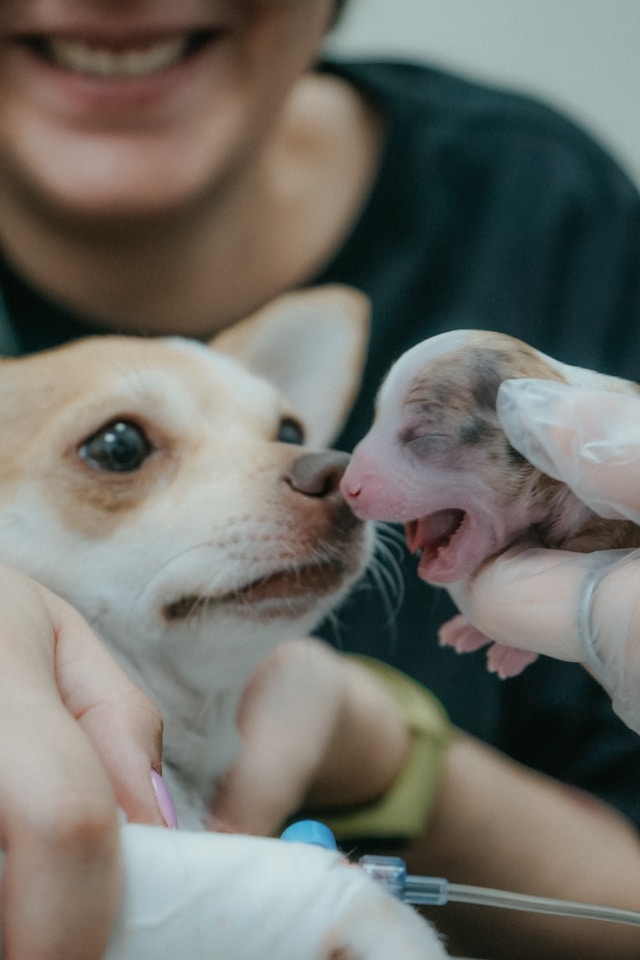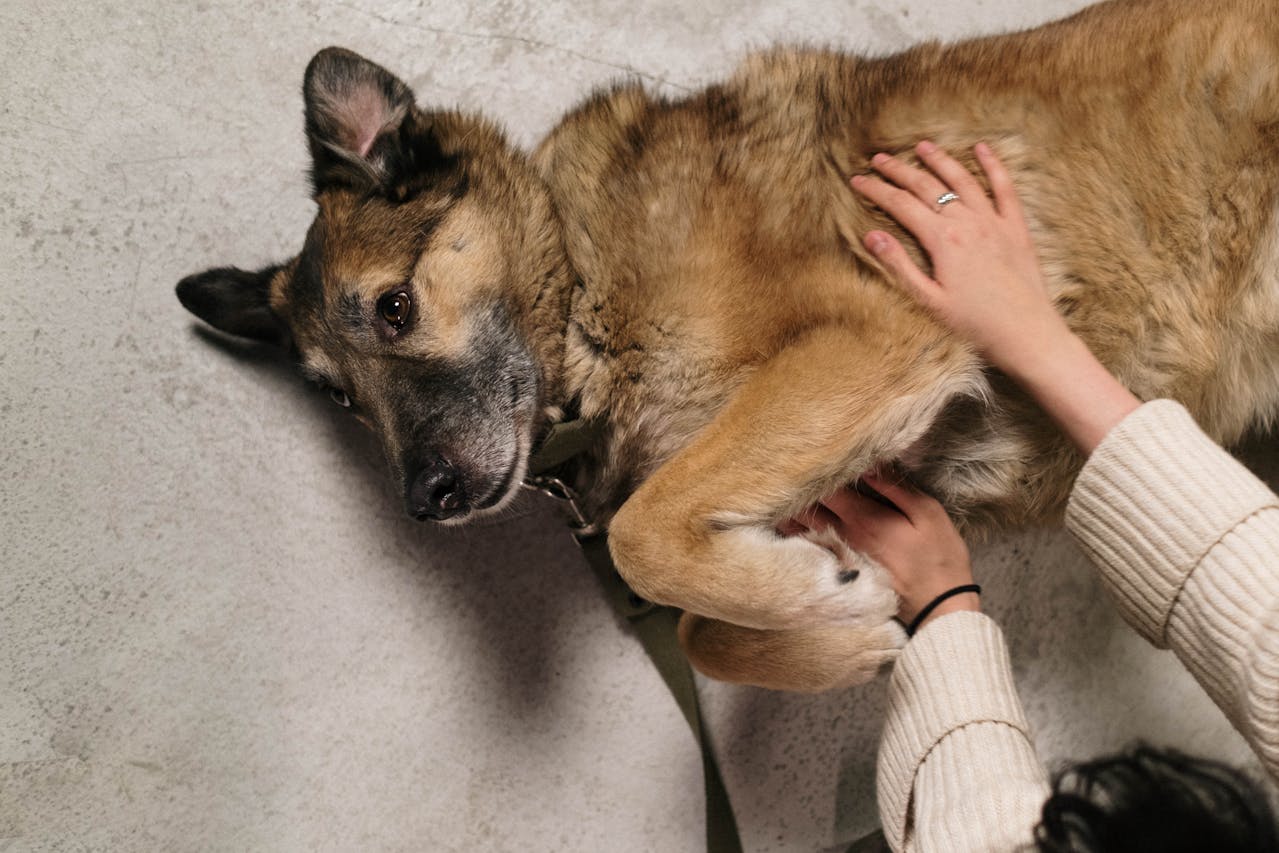5 Good Reasons You Should Spay or Neuter Your Pets

Spaying and neutering are standard procedures that offer various health advantages to our beloved companions. These procedures are particularly beneficial when performed at an early age, but the ideal timing remains a topic of debate in veterinary circles. Some experts recommend spaying or neutering between 4 and 6 months of age to prevent hormonal surges, while others suggest performing the procedure after one heat cycle (before the pet turns one year old) to enhance skeletal development. Ultimately, the decision on when to proceed with the procedure should be made in consultation with your veterinarian. In the meantime, here are five compelling reasons to consider spaying or neutering your dog or cat.
Cancer Prevention in Male Pets
Neutering, which involves the removal of the testicles, significantly reduces the risk of testicular cancer. For male pets born without one or both testes, the potential benefits of this procedure are particularly noteworthy, as they are at a higher risk of developing testicular cancers.
Reduction in Prostate Conditions
While neutering does not directly prevent prostate cancer, it does lead to a decrease in prostatic hypertrophy (enlargement). This is especially relevant for male dogs, who are more susceptible to prostatitis. Neutering is often performed in older dogs to address an enlarged prostate gland and perineal hernia.
Mitigation of Urine Marking and Territorial Behavior
Spaying or neutering, while not altering your pet's fundamental personality, can influence their behavior, including a reduction in territorial urine marking or spraying. Veterinarians have also observed a decline in the tendency of male pets to seek out females in heat after neutering. This change can help decrease the number of dogs attempting to wander away from home to pursue a female's scent.
Prevention of Pyometra
Female dogs benefit significantly from spaying as it eliminates the risk of pyometra, an infection of the uterus. Pyometra can swiftly escalate into a severe and life-threatening condition in an otherwise healthy dog. In most cases, by the time dogs are diagnosed with pyometra, treatment options are limited and often ineffective. Thus, spaying is the most effective way to prevent pyometra.
Cancer Prevention in Female Pets
Female pets that remain intact are at increased risk of developing reproductive cancers. Ovarian, uterine, and mammary (breast) cancers are prevalent among unspayed females. In cats, the risk of mammary cancers is notably higher than in dogs, making the issue even more critical. Each heat cycle a female pet goes through increases the likelihood of developing mammary tumors, so unless spayed at a young age, the risk of mammary cancers remains a genuine concern.
If you are considering spaying or neutering your pet, engaging in a comprehensive discussion with your family veterinarian is advisable. They can provide insights into the risks and benefits of these procedures and help you make an informed decision regarding your pet's health and well-being.
Get insurance plans with wide-ranging coverage options













